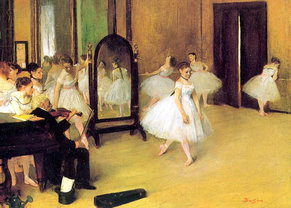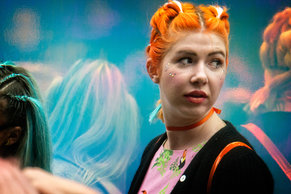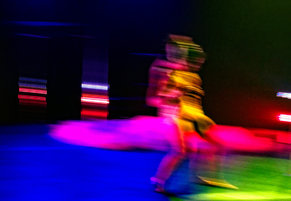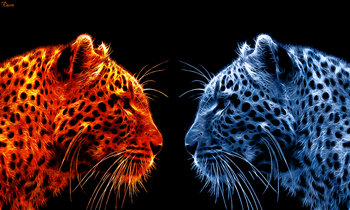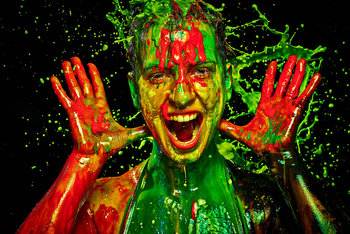
Vision
Human color vision is based on three types of cones in the eye that detect short, medium and long wavelengths of light. These cones are often described as perceiving blue, green and red light. In reality, these cones are sensitive to a spectrum of wavelengths of light that don't correspond to a single color. By interpreting the intensity of light in each type of cone, the humans can distinguish up to ten million different colors.
Visible Light
Humans only perceive colors corresponding to mixtures of wavelengths of light in the range 380 to 740 nanometers. We can't perceive shorter wavelengths of ultraviolet light and xrays neither can we perceive longer wavelengths such as infrared light, microwaves and radio waves. These can be recorded by a camera and displayed as white. In theory, we could have evolved to see far more colors by perceiving these wavelengths.
Color Constancy
Color constancy is a color conversion automatically performed by the brain that appears to use information about objects or categories of objects to adjust colors. This is a stability mechanism that makes colors appear constant when in fact the properties of light have changed. For example, people may perceive the color of a green apple as the same in different lighting conditions, even though the wavelengths of light reflected by the apple have in fact changed.
Complementary Colors
Complementary colors are combinations of color that become white or grey when mixed such that they become uncolorful. These are considered color opposites that have very high contrast with each other when placed side by side. This property is used in design, engineering, marketing, fashion and art. For example, it is common for life jackets to be orange to maximize contrast with blue bodies of water.
Color Psychology
The study of color as a determinant of human emotion, thought processes and behavior. People do have an immediate and emotional response to color that affects behavior. However, this field is dominated by pseudoscience including studies that have not been replicated and claims that don't originate with any serious research whatsoever.
Experience
Color perception is greatly influenced by the human experience including experience of the dominant colors of nature such as blue skies, grey clouds, green and blue bodies of water, greenery and the bright colors of foods. Likewise, experience of urban environments of concrete and asphalt impacts color perception.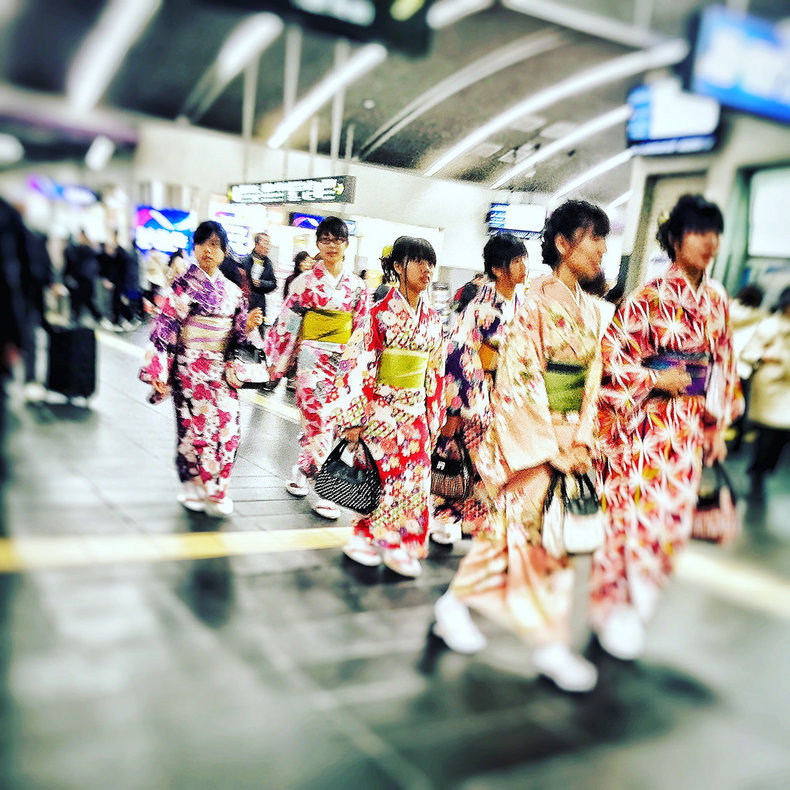
White
Pure white light, such as sunshine, contains every wavelength of light. The brain also perceives white whenever it is overloaded with opposing wavelengths of light. For example, mixing two complementary colors produces white or grey, which is a shade of white. This complicates the design of imaging systems such as cameras as there are a large number of discontinuous combinations of light that produce white. The inability to perceive complementary color combinations such as reddish green can be viewed as an inaccuracy of vision such that we don't perceive light the way it really exists.
Impossible Colors
Impossible colors are combinations of complimentary colors such as reddish green, bluish orange and purplish yellow that produce white or grey due to limitations of human vision. People sometimes claim to be able to see these colors or they may simulated by staring at one color for a long time and then staring at the other.
Black
Black is an absence of light. It is common to argue that black isn't a color because color is a property of light and an absence of light isn't a property of light. This argument is analogous to the flawed arguments that silence isn't a form of communication or that space isn't an element of architecture. From a pragmatic perspective people perceive and use black as a color.
Spectral Colors
Spectral colors are the thousands of unique hues that humans can distinguish from pure wavelengths of light such as the colors of a rainbow. These fall into ranges named red, orange, yellow, green, blue, and violet with red being the longest wavelengths and violet the shortest. All colors are produced by shading the spectral colors with black or tinting them with white.
Primary Colors
Many spectral colors can be simulated by mixing three or four colors according to a color system such as a technology or painting technique. It is a myth activity perpetuated by education materials that there is just one universal set of primary colors and that primary colors can necessarily produce all other colors. For example, a red green blue (RGB) color model can't produce true violet but simulates it with purple.
Color Temperature
People commonly perceive some colors as cool to the touch and others as hot. This corresponds to dominant colors in nature. For example, blue and green are cool due to their association with water and vegetation. Red, yellow and orange are hot due to their association with sunlight and fire. Beyond perception, color temperature is also a technical term related to the engineering of light emitting objects such as a light bulb.
Culture
The vast majority of color associations deemed as "psychology" are actually artifacts of culture. Color perception is influenced by holidays, customs, rituals, ceremonies, norms, fashion, food, superstition, storytelling, myth and entertainment. For example, in Japan a person's name is written in red when they die in a special ritual. This has created a strong association between red and endings in Japanese culture such as the myth that red spider lilies will pop up along the path where lovers depart for the last time. Red spider lilies are called higanbana in Japanese, literally "flower of death."
Symbolism
Color perception is influenced by symbolism such as the colors used to represent a nation, institution or brand.
Nostalgia
As with other perceptions such as smell, color perception can trigger memories and emotion from the past.
| Overview: Color Perception | ||
Type | ||
Definition | The information, ideas and emotions that humans obtain from different wavelengths of light. | |
Related Concepts | ||



